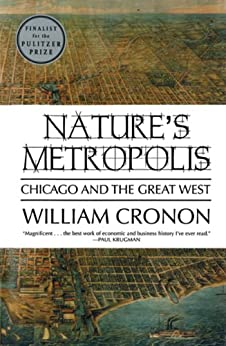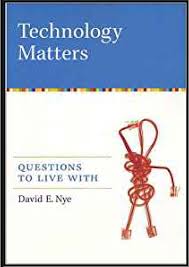Edgerton, David. 2007. The Shock of the Old: Technology and Global History Since 1900. Oxford and New York: Oxford University Press.
Review by Michael Beach
The essence of David Edgerton’s treatise is how “…our future-oriented rhetoric has underestimated the past, and overestimated the power of the present” (Edgerton 2007, 206). The book is full of examples where later technology proves either less effective or more detrimental than earlier versions. He pulls examples from war, economics, national relations, and other fields of technological implementation. He compares outcomes in such areas as the effects of time, production requirements, and maintenance needs.
Edgerton also examines the methods of invention. Like many scholars, he rejects the image of the lone scientist or engineer in a basement or garage toiling away until one day, eureka!, some grand new thing emerges. In reality, invention is a group effort in some social setting. Even the likes of Edison, Jobs, and Gates had colluders and predecessors they gained insights and direct help from. The flood of tech that evolves from ‘break through discoveries’ may bring into question if they make life better or not. For example, are we better off with 24/7 connectivity? Are we more informed through the social media of our day than our parents were reading newspapers or watching the evening news? For those of us who have to go to work at a specific place, has life improved in our daily commutes on an ever more congested roadway? With our new approach to remote work and its loss of work-related in-person community, are we not now feeling more isolated?
There are movements for a return to old tech. Things we think of as modern have been around for a long time. We certainly put more value on some things like wood furniture that are individually created by a craftsman than we do on the same thing mass produced. By putting more value on it, I mean we pay more for it. Food seems to taste better when it’s locally provided straight from the farm as opposed to frozen and shipped in from a distance. The caution is to judge carefully the right tool for the job. For example, do we really have to get a new phone every time there is an update? How many landfills are now burgeoning with the hazardous materials included with the millions of perfectly functioning discarded phones? We should all consider when simpler and older is better, or at least good enough.










 RSS Feed
RSS Feed